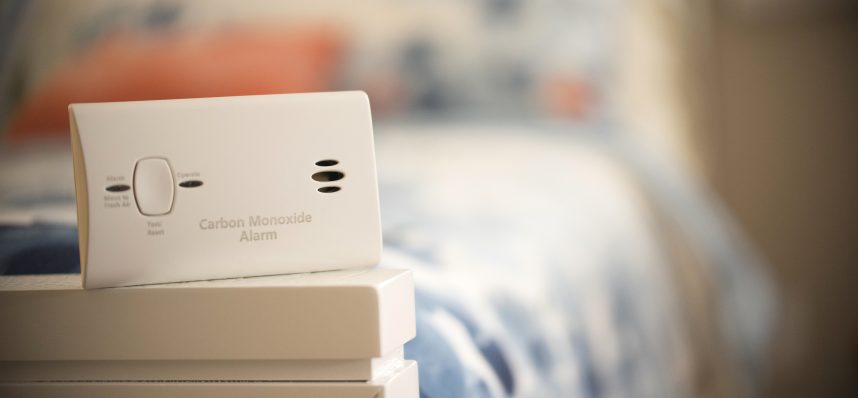
Carbon monoxide is a poisonous, and highly fatal gas that can become deadly within a matter of minutes. Often referred to as the ‘silent killer’, around 4000 people every year in the UK go to A&E with carbon monoxide poisoning. Whilst the gas itself is very dangerous, carbon monoxide poisoning is completely avoidable, and you follow simple steps to limit the dangers that CO presents.
Carbon monoxide is a colourless and odourless gas that’s produced through the incomplete burning of carbon-based fuels such as gas, wood, oil and coal. If carbon monoxide from these sources is built up in enclosed areas, people and animals can be poisoned. Common sources also include faulty central heating systems and gas appliances. Fires pose a huge threat, with chimneys and flues being a major contributor to carbon monoxide build-up, simply because they don’t allow gases to escape from your fire.
The symptoms of carbon monoxide poisoning are really ambiguous, simply because carbon monoxide is completely undetectable. You must make sure to do everything possible to limit its production and build up. You can minimise the risk of exposure by following these simple pieces of advice: make sure your heating system, water heater and burning appliances are serviced by a professional every year. Don’t use a generator, charcoal grill, camp stove or other burning device inside your home, basement or garage. Don’t run a vehicle or lawn mower in a closed garage, even if the door is open. Don’t burn anything in a stove or fireplace that isn’t properly invented. Chimneys and flue systems should be inspected every year. Never heat your house with a gas oven. Make sure fire alarms are installed and checked regularly, making sure they are high-quality.
The main symptoms of carbon monoxide poisoning are headaches, dizziness and nausea, vomiting, stomach pain and shortness of breath. The problem is that these symptoms are commonly associated with other illnesses such as flu, food poisoning etc and can easily be misdiagnosed. CO however doesn’t cause high temperature, and you must look for whether your symptoms are better or worse depending on location. If your symptoms fade when you leave the house, or if you’re in a different room, you know you are subjected to carbon monoxide in a certain area. The longer you are around carbon monoxide, the worse your symptoms will become. More serious symptoms of CO include confusion, co-ordination problems, loss of memory and vision, vertigo, seizures and loss of consciousness. If any of the symptoms arise, you must make sure to contact a doctor immediately or go to your nearest A&E.
As mentioned before, recognising carbon monoxide is down to how responsive and effective your smoke alarm systems are. The majority of commercial premises and residential housing should all have a good fire and smoke alarm system. We offer a range of alarm installation services, tailored to suit your building type and location. We’ve worked with numerous types of businesses, schools, marinas etc in designing bespoke fire safety packages, all to give customers complete peace of mind with regard to fire and carbon monoxide safety. With over 20 years of industry experience, we make your safety our priority and will ensure your business complies with all fire regulations. If you would like to find out more about what we can do, then please feel free to arrange a meeting with us by calling 01420 476071. We look forward to speaking with you and taking your fire safety to the next level.
Why not read some of our other fire safety and prevention blogs? Read ‘Electrical Fire Safety Tips’ and ‘The Importance of Fire Protection’.